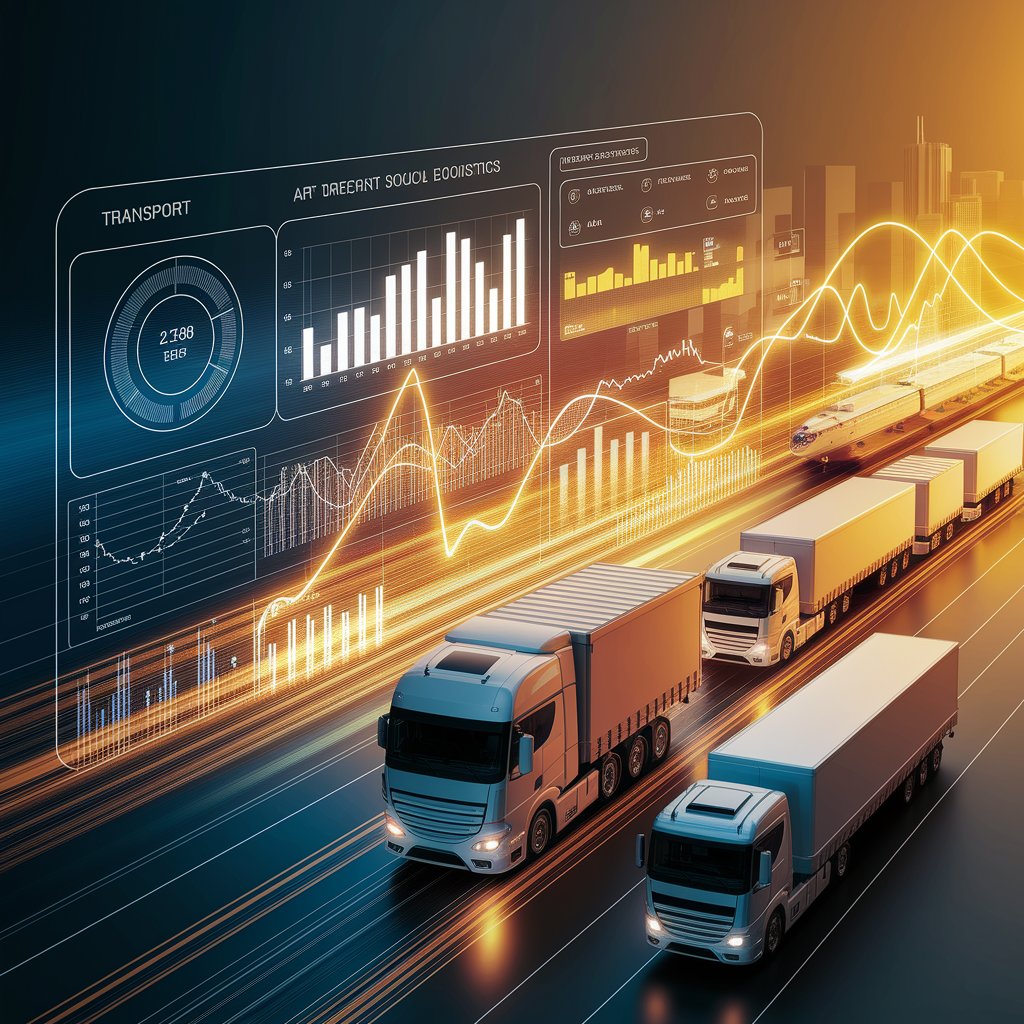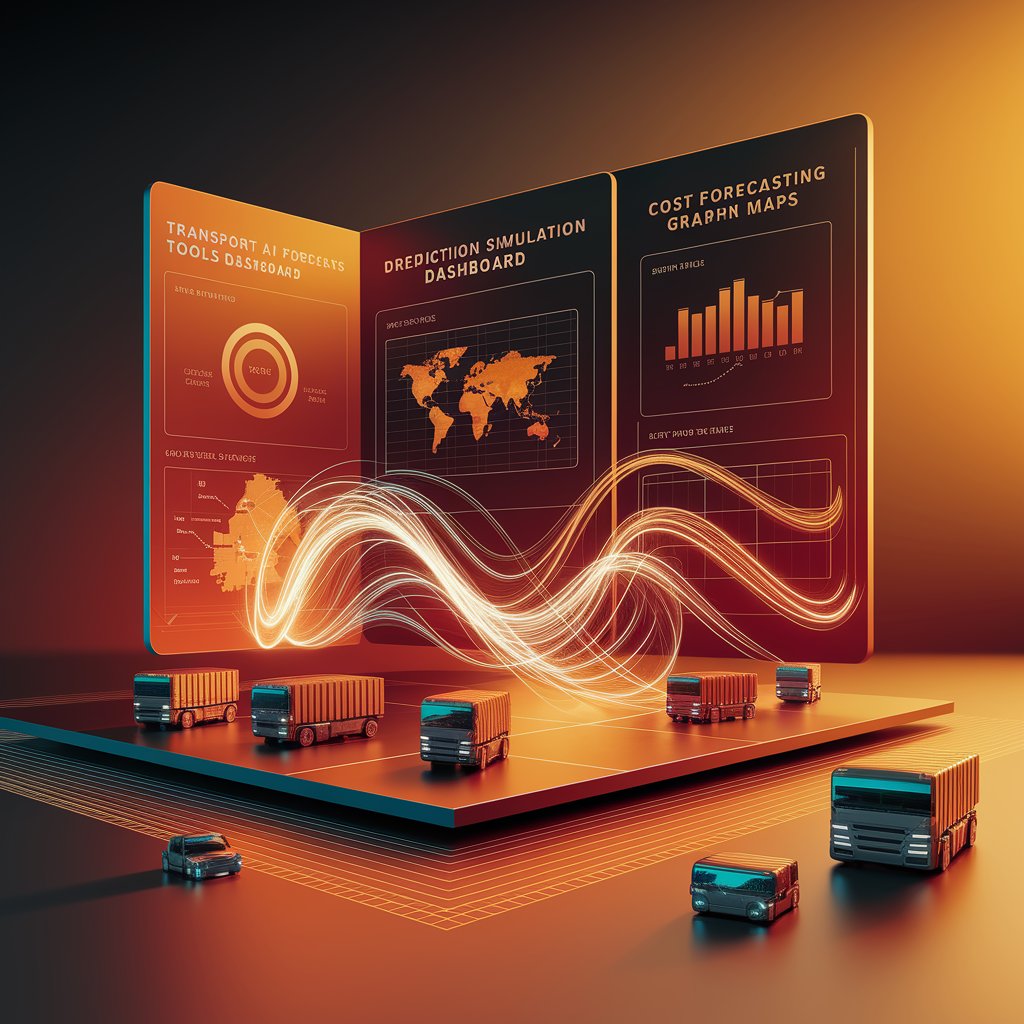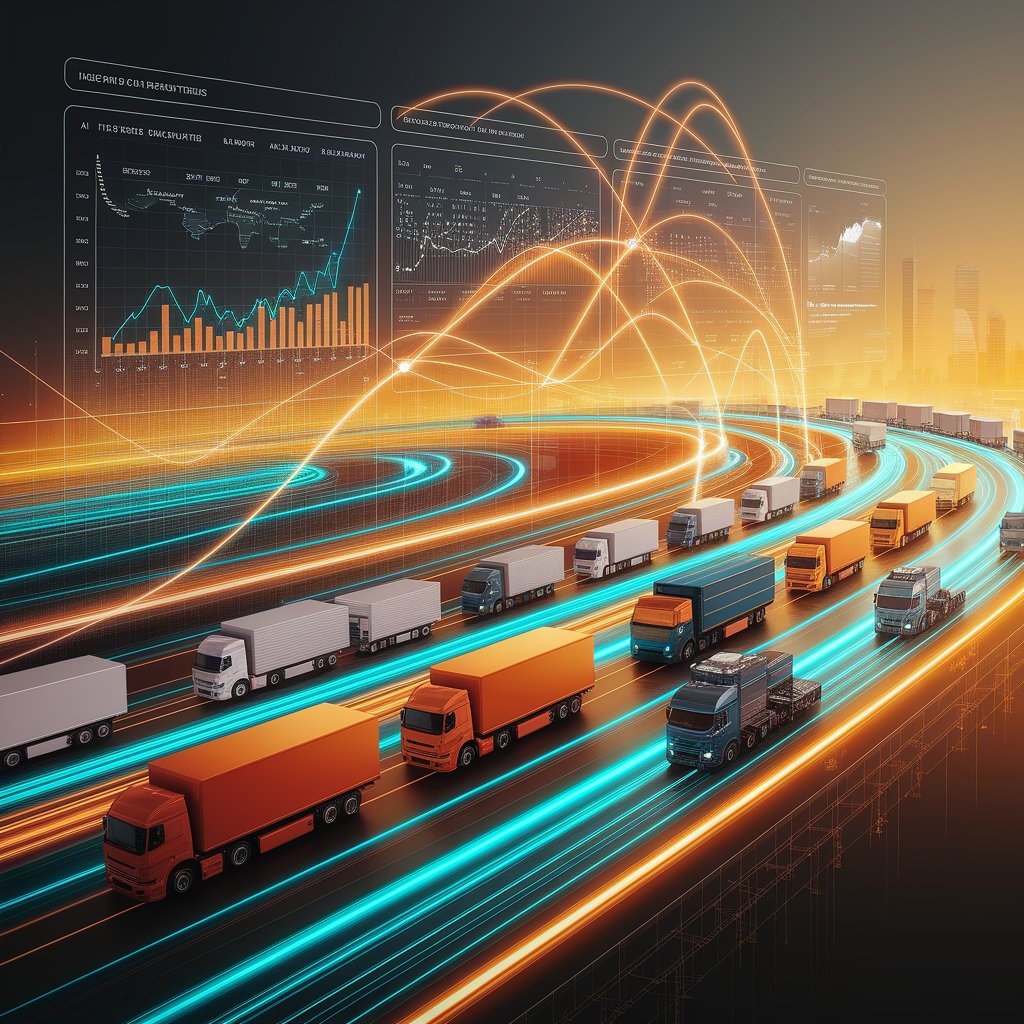Transport AI Forecasting Tools: Smarter Predictions for Global Freight

Introduction
That’s why businesses are adopting transport AI forecasting tools. By leveraging artificial intelligence, machine learning, and real-time data, these tools provide accurate predictions, enabling logistics teams to make smarter decisions and build resilience against global uncertainty.
What Are Transport AI Forecasting Tools?
Transport AI forecasting tools are digital platforms that apply artificial intelligence to predict transport demand, capacity, and risks. Unlike static models, they continuously learn from historical data, IoT signals, weather, and market trends to generate dynamic forecasts.
These tools help companies anticipate fluctuations in freight volumes, optimize fleet allocation, and reduce costly disruptions.

Key Features of Transport AI Forecasting Tools
- Demand Prediction Models – Forecast shipment volumes by route, carrier, and region.
- Real-Time Data Integration – Combine IoT, GPS, and ERP/TMS inputs.
- Scenario Planning – Test outcomes under multiple disruption conditions.
- Dynamic Resource Allocation – Match fleets, drivers, and capacity with demand.
- Cost Forecasting – Estimate future transport rates and surcharges.
- Visualization Dashboards – Provide decision-makers with clear, actionable insights.
Benefits of Transport AI Forecasting Tools 📈
- Improved Accuracy – Predict freight demand more precisely than manual methods.
- Cost Savings – Reduce detention, demurrage, and emergency shipping costs.
- Resilience – Anticipate and adapt to weather, strikes, or congestion disruptions.
- Efficiency Gains – Align fleets and labor with expected transport volumes.
- Customer Satisfaction – Provide reliable ETAs and proactive updates.
- Sustainability – Optimize routes to reduce emissions and idle time.

Real-World Applications
- Freight Forwarders – Secure carrier space in advance with predictive insights.
- Carriers – Plan fleet usage to reduce empty miles and fuel waste.
- E-commerce Logistics – Prepare for seasonal demand spikes and promotions.
- Cold Chain Logistics – Forecast equipment needs for perishable goods.
- Global Shippers – Align procurement with anticipated transport flows.
Challenges in Transport AI Forecasting Tools
- Data Quality Issues – Poor or incomplete data weakens forecast accuracy.
- Integration Complexity – Legacy ERP, WMS, and TMS platforms may resist integration.
- High Implementation Costs – Advanced AI solutions require significant investment.
- Over-Reliance on Models – Forecasts should still be validated by human expertise.
- Cybersecurity Risks – Sensitive trade data must be secured.

Best Practices for Success
- Start with High-Impact Routes – Apply AI forecasting where demand is most volatile.
- Standardize Data Sources – Clean and unify GPS, ERP, and shipment records.
- Integrate Across Platforms – Ensure connectivity with ERP, WMS, and TMS.
- Leverage Scenario Simulations – Prepare for best- and worst-case outcomes.
- Combine AI with Human Oversight – Balance machine intelligence with planner expertise.
- Track ROI Continuously – Measure improvements in cost savings and service reliability.
The Future of Transport AI Forecasting Tools 🚀
- Self-Learning Forecasting Engines – AI models improving accuracy automatically over time.
- Blockchain-Integrated Forecasting – Secure, transparent trade flow predictions.
- Digital Twin Transport Networks – Simulating transport scenarios in real time.
- Edge AI Forecasting – Predictions generated directly at ports, warehouses, and fleets.
- Green Forecasting Models – AI balancing efficiency with sustainability targets.
Conclusion
Transport AI forecasting tools are redefining logistics planning by turning uncertainty into foresight. With predictive analytics, real-time insights, and automated planning, companies can reduce costs, improve service, and build more resilient transport networks.
For freight forwarders, carriers, and global shippers, adopting transport AI forecasting tools isn’t just about efficiency—it’s about staying competitive in a fast-changing global market.
